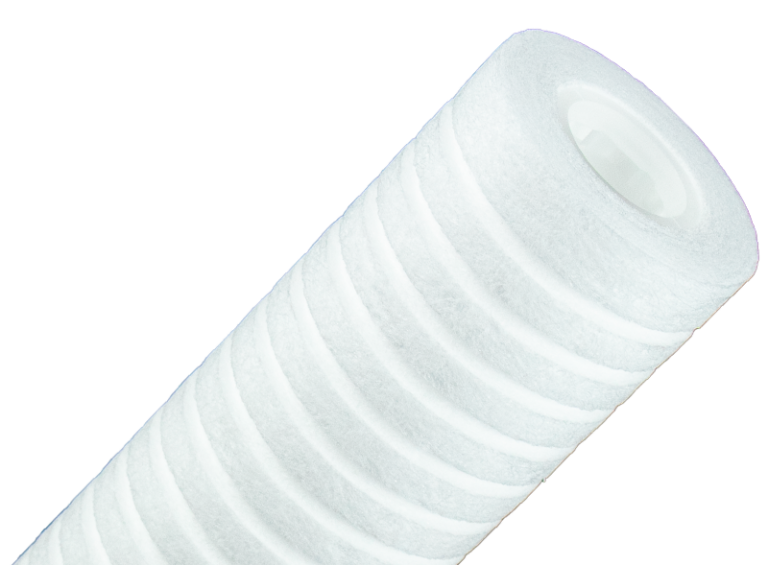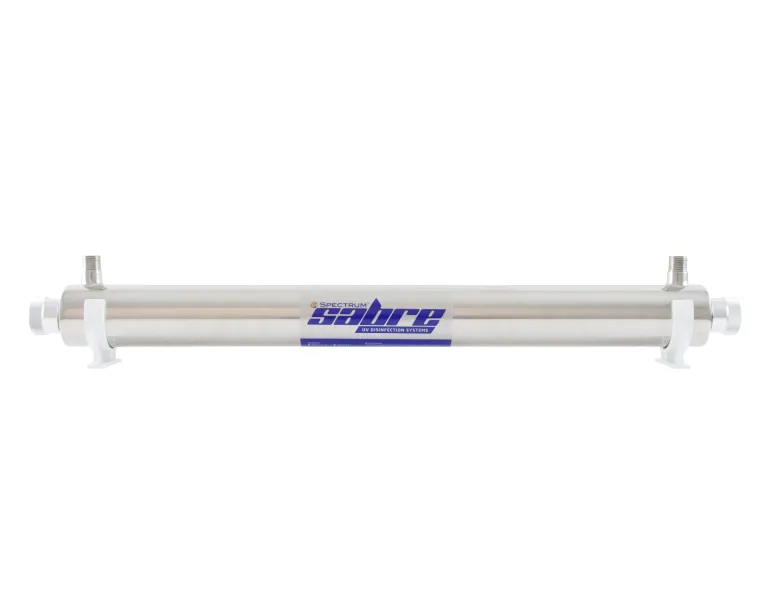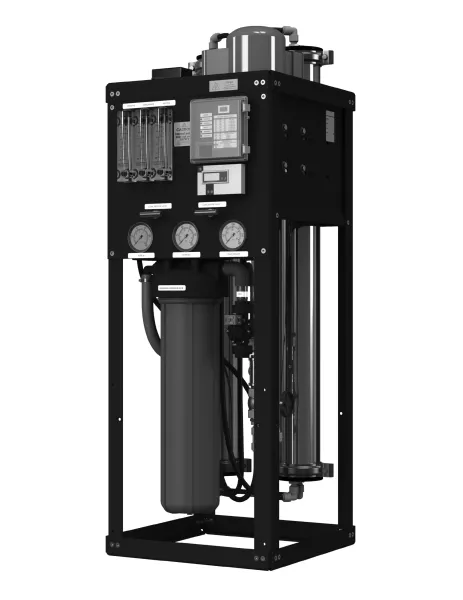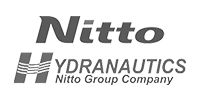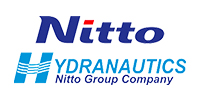What’s In My Water?
A question that creates more questions… Your unfiltered feed water can contain contaminants ranging from large, visible sediment to microscopic bacteria particles, undetectable to the human eye.
Unsafe levels of contaminants in drinking water can lead to serious health issues, as well as affecting monthly bills and blocking pipework. It’s important to be aware of what can be lurking in your water, so we’ve put together this comprehensive blog to help you understand what could be in your supply.
The 10 Most Common Contaminants
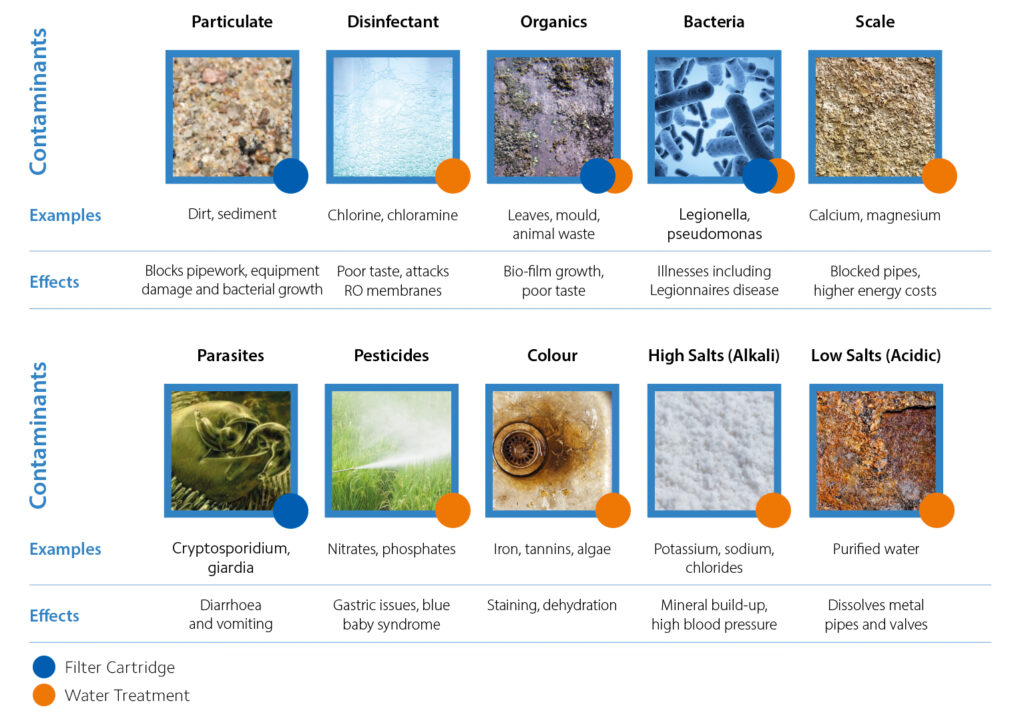
The steps you can take to ensure safe and clean water:
Filtration – physically remove a solid from your water supply with the use of water filters, with many different methods available to suit different applications.
Water treatment systems – specific contaminants may require water treatment systems such as reverse osmosis, water softening systems or UV disinfection systems.
Regular water testing – periodically test your water, at home or professionally, for contaminants and act on results. Alternatively, you can check online with your water provide.
Education and awareness – your water supplier should let you know of any risks and help you make informed decisions about your water usage and treatment.
Water is a precious resource, and its quality directly impacts your health and well-being. By understanding what’s in your water and taking appropriate measures to ensure its safety, you can enjoy clean, refreshing, uncontaminated water while safeguarding yourself and others against potential health hazards. Stay informed, stay proactive and make your water a top priority.

